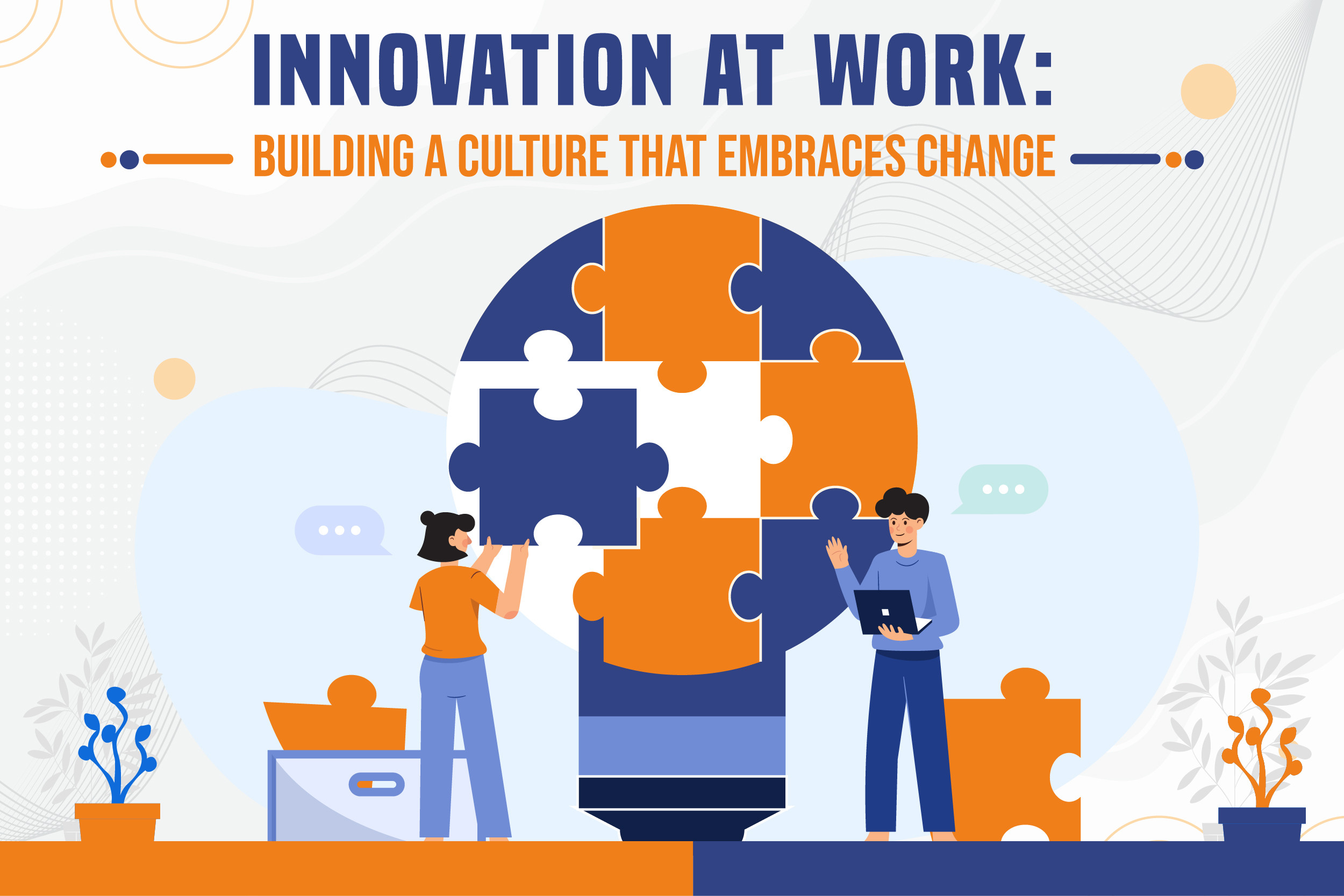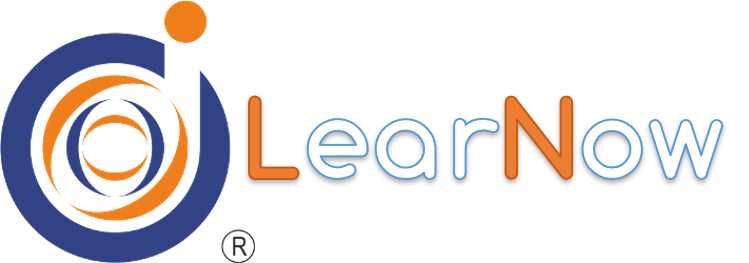
Innovation at Work: Building A Culture That Embraces Change
Have you ever seen a business that remained the same for a long time? Your answer will be no since businesses are subject to modifications and change for growth. And the most important mantra to success for every employee lies in the following statement. Each employee needs to be ready to adjust to changes swiftly without disturbing his/her daily work, whether those changes are brought on by new technology, new goods or services, or a growing clientele.
It's critical to foster a change-friendly workplace if you expect your staff to keep up. Instead of putting your team all of a sudden in a complex situation, you must assist them while they shift gears and modify their procedures. Therefore, let's go through some suggestions for creating a culture of flexibility and adaptation while preserving team spirit and satisfaction.
Tips For Building A Culture That Embraces Change
1. Explain The Reason Behind The Change To Your Workforce
Today, quick change is necessary, but your employees—particularly your Millennials—would tend to resist if they don't grasp the logic or reason behind the change. It is clearly crucial to communicate the adjustments that are being made but make it a practice to also include a brief justification of why and how those changes will make them more effective. They'll adjust more readily if it makes sense to them.
2. Create A Regular Communication Rhythm
The change will probably be more effectively implemented with continual interaction between the Leadership and Management and the people in an inventive culture where there are quick developments. Knowing what the organization is working on helps employees feel like these changes are being made with them rather than to them. To inform employees about upcoming changes, you can leverage newsletters, business meetings, and emails.
3. Assure Your Employees During The Period Of Uncertainty
Any kind of change creates uncertainty. When change comes, businesses frequently fail to understand their employees' feelings. It is crucial that Leadership and Management come up with plans to deal with the uncertainty that changes cause an employee to feel. The adjustments are more readily embraced if they are handled effectively. The imbalance brought on by change may be less noticeable when employees are aware that they are being taken into consideration.
4. Prepare The Workforce For Impending Changes
Leaders who foresee change and get ready for it can contribute to the development of flexible cultures and systems that see change as a strategic imperative. When leaders use predictive Leadership Development, they foresee changes that are likely to occur and prep up their teams for them. They will also be able to identify which "new things" may be downplayed or disregarded with greater ease.
5. Keep Mysteries At Bay And Be Open And Transparent
Many businesses keep their employees oblivious of the planned changes as they implement change in isolation, without involving the workforce, and without fully realizing how those decisions will really affect their team members or clients. By being transparent about the planning process and, when appropriate, seeking employee participation, you can take away the mystery (and crazy rumors).
6. Encourage Inquiries Regarding changes
We must constantly be in the lead when it comes to change because of our innate tendency to reject it. Always try to prior inform your staff as much as possible. Permit them to inquire about the effects this change will have on them. They will feel much more secure and would be willing to work in and through the shift if you give them a sense of responsibility and participation.
7. Give Your Team The Charge To Decide And Take Action
Change might be feared because it triggers anxiety about the unknown. Every person has to be motivated with responsibilities to manage change in the present fast-forward environment by being given the freedom to make choices that are in the best interests of the company. When employees get training with that attitude, they develop the agility and resiliency that are vitally required for achievement.
8. Identifying Priorities For Your Team's New Responsibilities
Employees will take quick fixes that result in additional work down the road if they are pushed to perform more than what is practically doable. They'll exhaust themselves emotionally, physically, and psychologically; they'll get demotivated; they could even quit. Setting a priority for their responsibilities is the most crucial thing you can do. Also, ensure to provide them with assistance, make clear expectations, and express heartfelt thanks.
9. Create Breaks
Even the most skilled workers can only sprint for so long. The execution of persistent change depends on the preparation of essential and required breaks to take a breather, unwind, and recuperate. To encourage interaction and help individuals get to know one another better, try scheduling enjoyable breaks for short intervals in a day or maybe an hour once a week.
10. Give Consistent Direction And Support
Change is the only constant in both life and business—it occurs in technology, goods and services, consumer needs, and market expectations. Business leaders must regularly share pertinent information, often offer solid advice, provide Leadership Training and promote adaptation to keep people on their toes and their feet during specific changes.
Final Words
Organizations must prepare for pushback along the way as the road to transformation is rocky. It's typical for workers to feel intimidated by change and its ramifications for their personal and professional lives. But this barrier can be surmounted by the right actions taken by the Leadership and Management.
Perspectives will change when you show that the company is committed to innovation and highlight how it benefits both the company and the staff. Gradually a creative culture eventually becomes self-sustaining because talent is drawn to the entire company, and people would desire to be part of the transformation.
